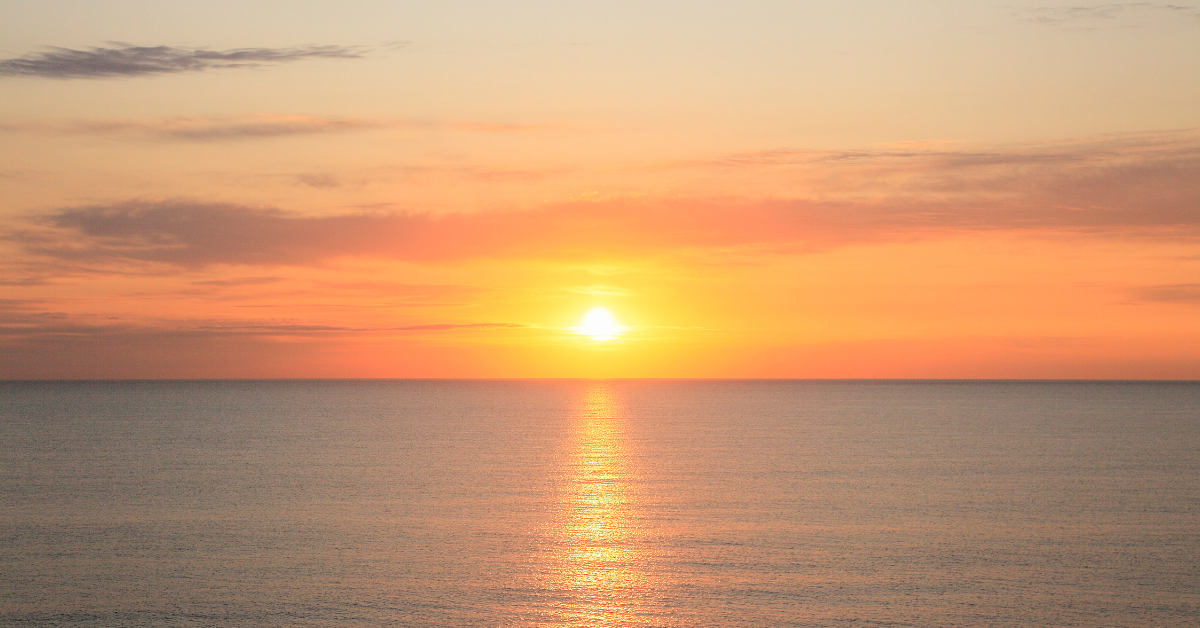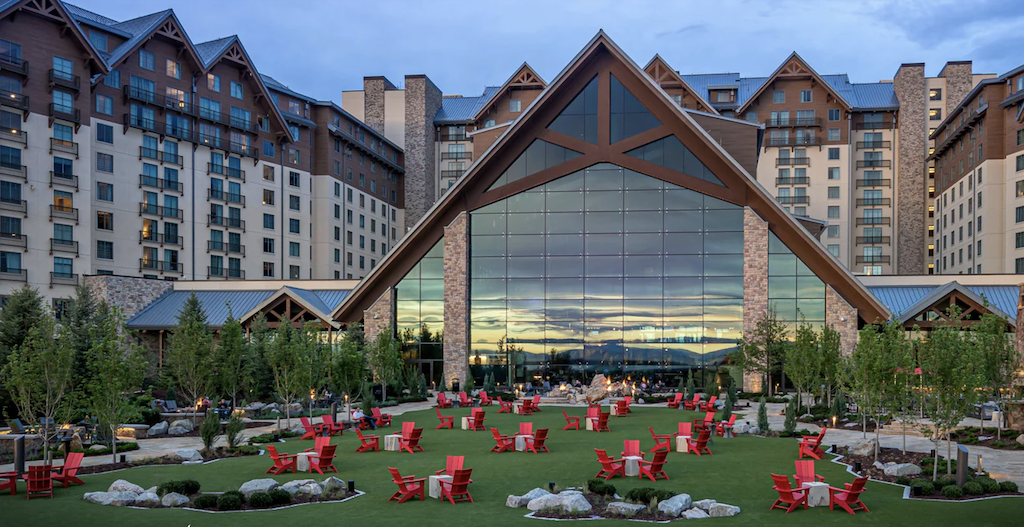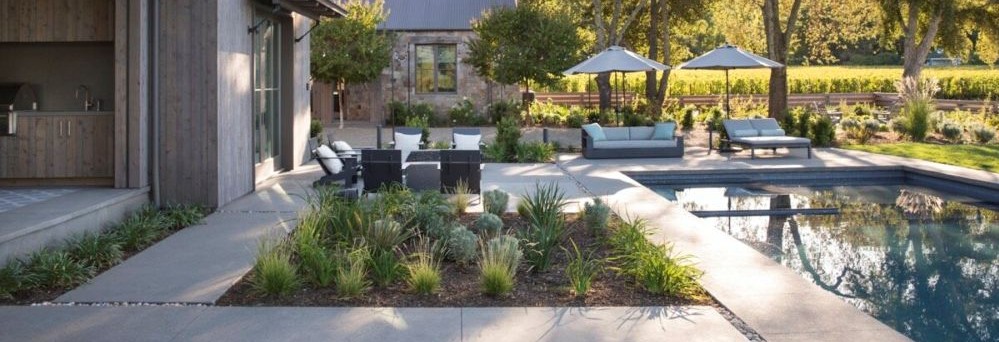For many of us, being outside is a welcome escape from an office.

But for Helen Maderazo, vice president of operations for Oxbow Pool and Landscape in Napa, California, being outside IS her office.
Maderazo has been at it for 30 years, having worked her way up from sketching out designs in the early 1990s when working for a nursery, then working in a design-build company while going to school to become a landscape architect.
Today, she and her team specialize in transforming outdoor spaces into functional landscapes by blending creativity, technical expertise and a deep understanding of the natural environment.
“I have a deep love for working outside and creating spaces that others can enjoy,” Maderazo says. “I like to go back to spaces I’ve designed to see how they’re being used. I am in a unique position as I am both a landscape architect and a landscape contractor — I get to be a part of creating and building exterior spaces.”

“I consider landscape architecture an art form, and I find joy in creating spaces that illicit an emotion in its users. If I’m designing a park, I want children to feel joy and the parents to trust that it’s safe. If I’m designing a lakeside estate, I hope the users feel a sense of calm and serenity.”
The biggest challenge is that the canvas that a landscape architect has to work with is rarely level and even.
“One of the biggest challenges is extreme terrain, such as hillside, bad/rocky soil, mitigating slopes and drainage issues,” she says. “I start with a clear drainage plan. My designs include retaining walls and grading where applicable, and first and foremost, I always consider the safety of the users.”

Maderazo says that the practice of landscape architecture has always attracted interior designers to try their hand at taking it outside.
“Interior designers look at the outdoor space like an extension of the house, so naturally they want to consider the landscape,” she says. “A landscape architect considers the space comprehensively, with its construction constraints and opportunities, to create a cohesive, functional landscape.”
When dealing with manufacturers, Maderazo says that communication is important.
“Great customer service and availability for questions is key,” she says. “When I have specific questions about a product, it’s refreshing to speak to someone who knows their product very well. I think one of the most important things an outdoor designer can do is provide good photographs in their catalog and provide accurate dimensions so the designer can specify the right furniture.”
Maderazo adds that the best thing manufacturers can do for clients is to put in the work.
“Having good availability of products is important, in order to meet project deadlines,” she says. “No matter how much a client likes the furniture, they will not be happy receiving it months after completion.
“Outdoor products must be built to last, especially in the face of extreme weather and climate change. Products that can hold up in extreme heat, wetter climates, etc. are going to be selected by designers more frequently.”
Similarly, the best way designers themselves can learn more about outdoor products is to put in the work, as well.
“I reference trade publications and websites as well as word of mouth in the industry,” says Maderazo. “Also, when a manufacturer visits the firm and presents their products, it often brings the product to the top of mind when designing.”
Any advice for designers who are starting to take on more exterior design?
“I always suggest working closely with a licensed landscape architect, to ensure the space is not only beautiful but constructable, functional and safe,” she says.








